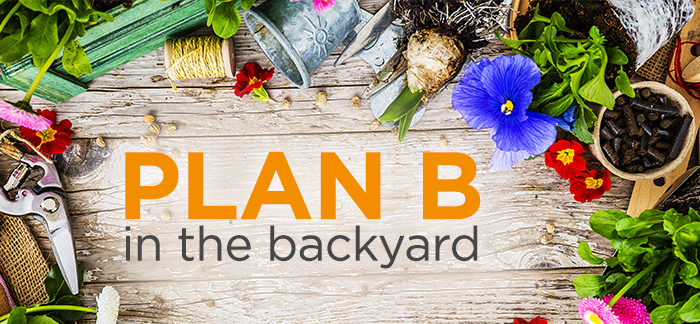
Moving from fruit trees to wild flowers along the roadside and into our own backyards, bees are our tireless labour force, pollinating food and garden plants in their search for food. They do so much more than simply bring honey to our tables, as if that wasn’t enough! They are in fact essential to our food security as the main pollinators of many agricultural crops such as deciduous fruit and oilseed crops. But they’re in trouble. From pesticides to the ever expanding urbanisation laying waste to their natural habitats, they need us now more than ever. And we need them. So it’s time to get digging for the planet and its buzzing buddies. And what better time than Spring?! So here are just a couple of handy pointers to get you started…
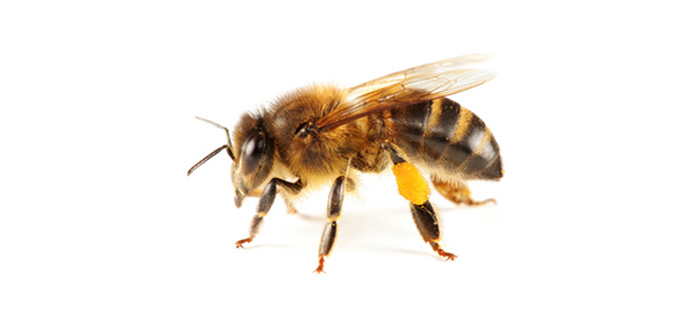
- Bees like a little diversity as much as we do. Try and plant 10 or more bee-friendly plants in your garden or on your balcony. Ideally they should be plants that bloom at different times during the year, allowing bees an endless supply of pollen and nectar throughout.
- Keep it close-knit. Once you’ve collected your bee-friendly plants, keep in mind that when planting it’s ideal for several of them to be planted close together. Bees have a tough enough job collecting their food as it is so you’ll be making their life a lot easier.
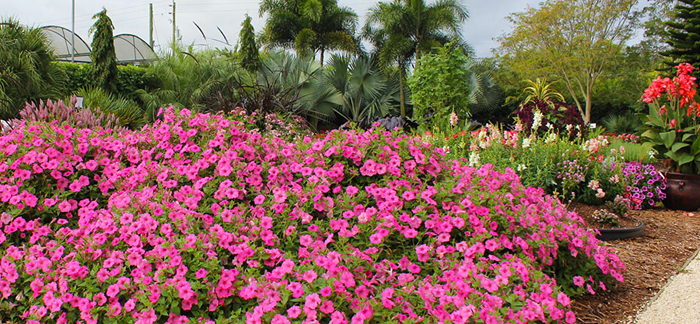
- Go wild. Bees tend to prefer gardens that have been left a little to their own devices. So don’t be too excessive when it comes to pruning. Put your neat freak on pause and grow with a bit more abandon.
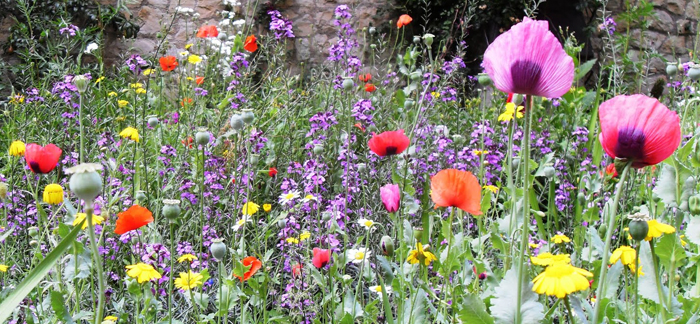
- Get sniffing. A rose by any other name would smell as sweet and nothing knows this better than the humble bee. Their sense of smell is a great deal better than our own and they are generally attracted to strongly scented blossoms.
- Colour is key. While scent is important to bees it turns out colour is too. Bees are particularly drawn to plants with blue, yellow or purple-violet flowers, so keep this in mind when you’re next at the nursery.
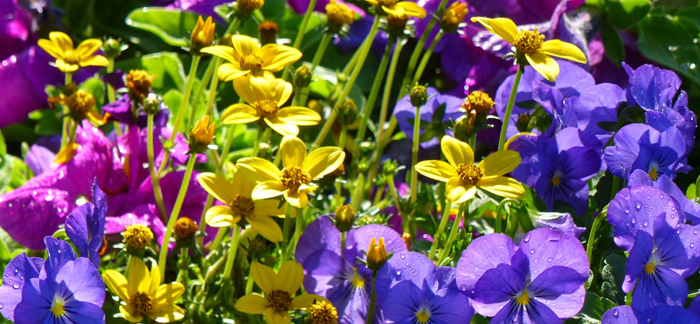
- If you have to spray, first do no harm. If you have to spray a plant, do so before or after the blooming period as this is when they will attract bees. And be sure to ask for a pesticide that is non-toxic to bees.
Still feel like a visit to the nursery will leave you at a bit of a loss? Try some of these top bee-friendly plants to consider growing…
If you’re keen to plant some indigenous trees, then sweet thorn, karee, bush willows, weeping wattle and tree fuchsia come highly recommended by beekeepers.
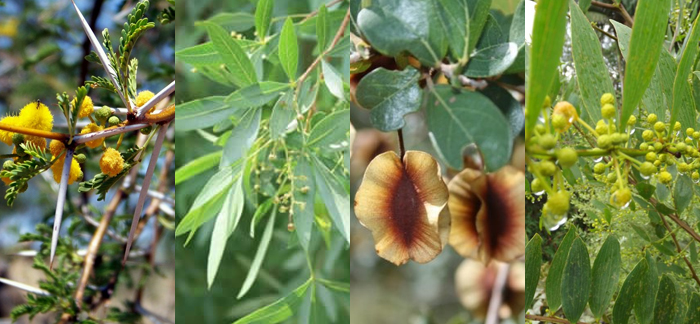
Otherwise, other indigenous plants to get your garden abuzz include agapanthus, aloes, asparagus fern, Cape violets, clivia, euryops daisy, felicia, gazania, carpet geranium, ribbon bush, lion’s ear, osteospermum, butterfly bush, Cape honeysuckle and vygies.
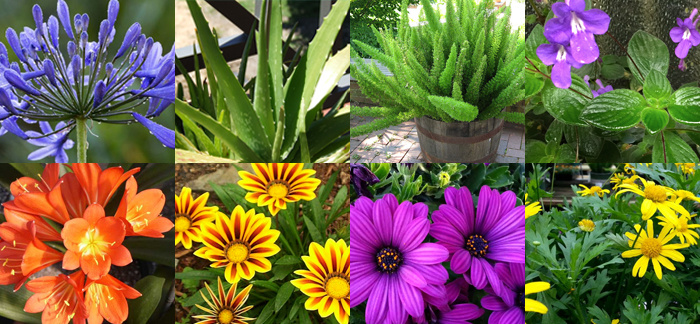
Even a little herb garden can be a great place to start. Borage, chives, fennel, mint, marjoram, oregano, rosemary and thyme are equally beloved by bees.
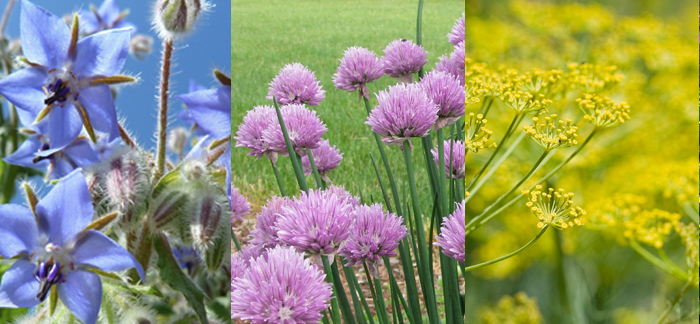
Not only will you have fresh herbs at the ready for the kitchen, and a beautifully scented garden that blossoms all year round, you’ll also be doing your bit for the bees. It’s the least they deserve.
Date Published: 02 September 2016